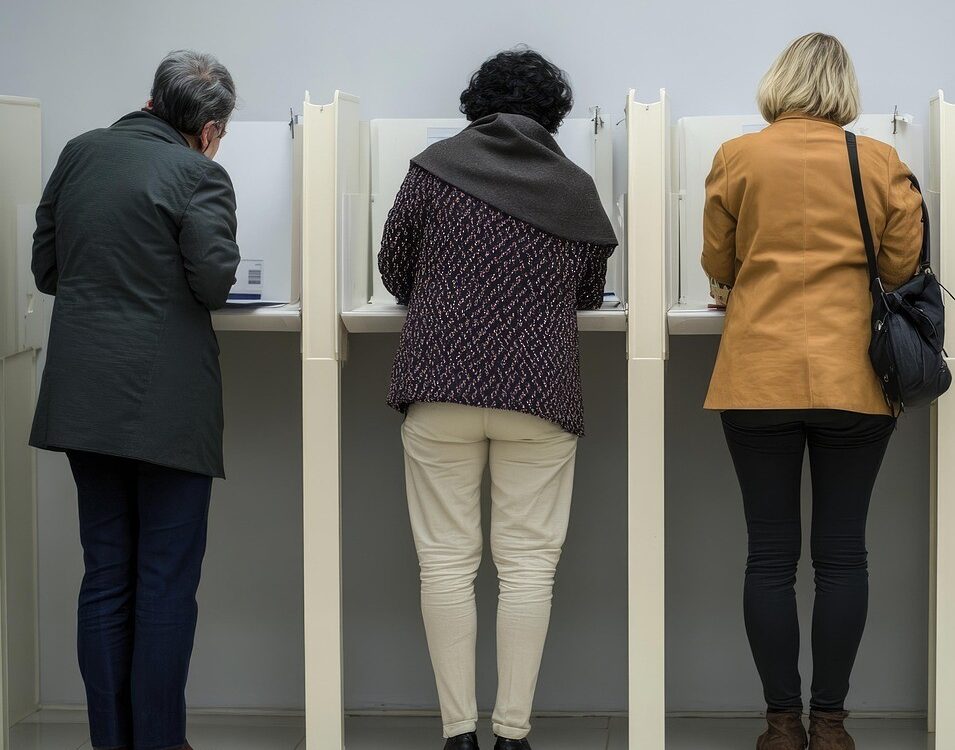
By Suzanne Potter Reporter/Producer, California News Service, a bureau of Public News Service.
Each spring, hundreds of thousands of California high school seniors have to figure out if they can afford to go to college in the fall. Two new reports from the Campaign for College Opportunity look at how to make higher education more affordable. The federal government recently launched a simpler financial aid application, but the rollout has been rocky.
Financial Aid
DeJa Brown, a student at College of the Desert in the Coachella Valley, said programs that help with tuition, books, housing, food, and transportation make all the difference.
“If we want to achieve statewide goals like 70% college attainment or closing equity gaps, we need to prioritize affordability and revolutionize financial aid,” Brown said.
Pell Grants
The first study calls on Congress to better fund Pell Grants, which serve students whose families make under $40,000 a year. It found 32% of white students receive a Pell Grant, but that number is 60% for Black students, 50% for Latino students, 45% percent for Native American students, and 39% for Hawaiian and Pacific Islanders.
Emmanuel Rodriguez, director of policy advocacy for the Institute for College Access and Success, noted that Pell Grants cover less than one-third of the cost of college, and calls on lawmakers to take action.
“They can double the award, they can restore automatic inflation adjustments, they can fund those Pell Grants entirely through mandatory spending. They can expand eligibility to undocumented students, and they can eliminate taxation of the Pell Grant when used to cover any non-tuition costs,” he said.
Christopher Nellum, executive director of Education Trust West, coauthored the second brief. It praises California’s new law requiring all high school students to fill out applications for federal or state student aid.
“That means there needs to be enough counselors engaging with young folks. We need schools and districts that have meaningful partnerships – with the community college, with the universities in their area,” he said.
Studies show that students who fill out the Free Application for Federal Student Aid, or FAFSA, enroll in college at a significantly higher rate than those who do not.


